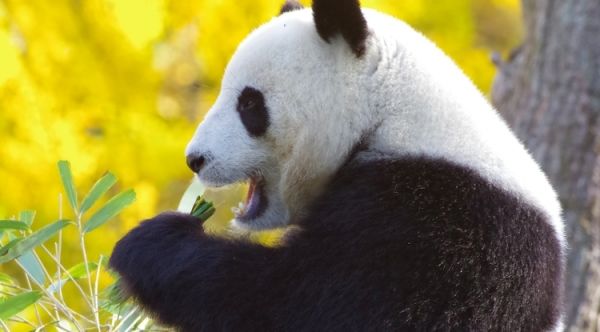Habitat loss, hunting, logging and climate change have put many of the world’s most charismatic species at risk. A new study, led by the University of Arizona, has found that not only are larger plants and animals at higher risk of extinction, but their loss would fundamentally degrade life on earth.
The study, published today in Nature Communications, is based on computer simulations that compared the state of the natural world during the Pleistocene (a past epoch long before human-caused extinctions began), the present day, and a future world in which all large plants and animals had gone extinct.
Results showed that the continued loss of large animals alone would lead to a 44% reduction in the total amount of wild animal biomass on the planet. It would also lead to a 92% reduction in soil fertility, which underpins the ability of the earth to grow plants and sustain life.
“This research shows there are fundamental scientific principles that explain why large animals and trees matter for the health and integrity of all life on Earth,” said lead author Brian Enquist, professor of ecology and evolutionary biology at the University of Arizona. “Protecting big, charismatic species does have an umbrella effect to protect the wider ecosystem.”
Read more at University of Arizona
Image: Protecting large plants and animals has a disproportionate positive impact on the health of the planet and resilience to climate change. CREDIT: University of Arizona


